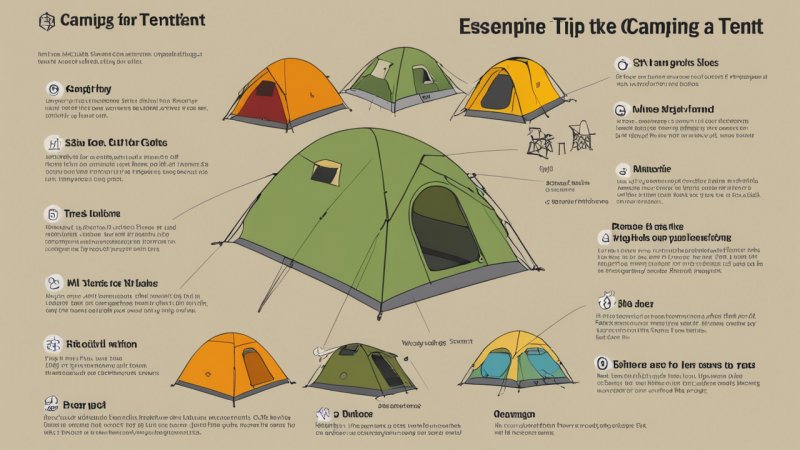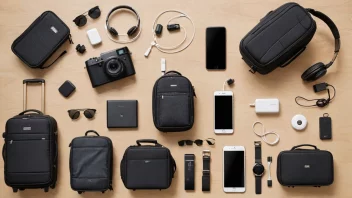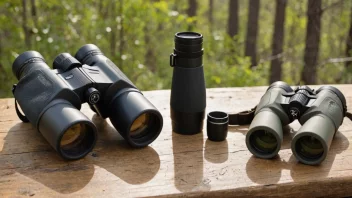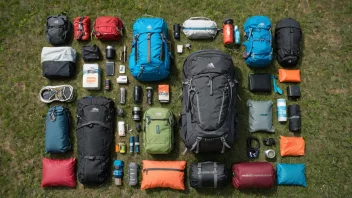When it comes to camping, your choice of tent can make or break your experience. With so many options available, it’s essential to know what to look for to ensure a comfortable and enjoyable trip. Here’s a comprehensive guide to help you choose the right camping tent, tailored to your specific needs and preferences.
Start by assessing the type of camping you plan to do. Are you going on a multi-day backpacking trip or just a weekend car camping excursion? For backpacking, you'll want a lightweight tent that’s easy to pack and carry. These tents are generally designed to be compact, so they won’t take up much space in your backpack. For car camping, weight is less of a concern, allowing for larger, more comfortable tents that offer extra amenities.
Next, consider the seasonality of the tent. Tents are typically categorized as three-season or four-season. Three-season tents are suitable for spring, summer, and fall, designed to handle mild weather and light rain. They usually feature good ventilation and are lighter, making them ideal for backpacking. In contrast, four-season tents are robust, designed to withstand harsh winter conditions and heavy snowfall. If you plan on camping in colder months or expect unpredictable weather, investing in a four-season tent will provide the necessary protection.
Capacity is another crucial aspect to consider. Many tents come with a designated capacity, such as two-person or four-person. However, it’s advisable to choose a tent that offers a bit more room than the number of occupants. If you’re camping with a partner, a three-person tent could provide enough space for sleeping gear and personal belongings without feeling cramped. Keep in mind that comfort is key to enjoying your camping experience.
When examining tent materials, pay attention to the fabric and waterproofing. Most tents are made from nylon or polyester, with nylon being more lightweight but susceptible to wear and tear. A good tent should also have a high waterproof rating, which is measured in millimeters. Look for a tent with a waterproof rating of at least 1,500 mm for light rain, and 3,000 mm for heavier downpours. Additionally, check for a tent footprint or groundsheet, which adds an extra layer of protection against moisture and abrasion.
Ease of setup is vital, especially after a long day of hiking. Look for tents that offer straightforward assembly with color-coded poles and clips. Some modern tents even feature pop-up designs, which make pitching them incredibly simple. A quick and easy setup can save you time and frustration, allowing you to start enjoying your camping experience sooner.
Finally, consider your budget. While it may be tempting to go for the cheapest option, remember that a quality tent can last for many adventures and offer greater comfort and protection. It’s worth investing in a tent that meets your needs and offers durability, especially if you plan to camp frequently.
In summary, choosing the right camping tent involves evaluating the type of camping, seasonality, capacity, materials, ease of setup, and budget. By considering these factors, you can ensure your camping experiences are enjoyable and comfortable, allowing you to focus on connecting with nature and making memories.
Essential Tips for Picking a Camping Tent
Choosing the right camping tent can significantly enhance your outdoor experience. This guide provides essential tips to help you select the perfect tent for your needs.






